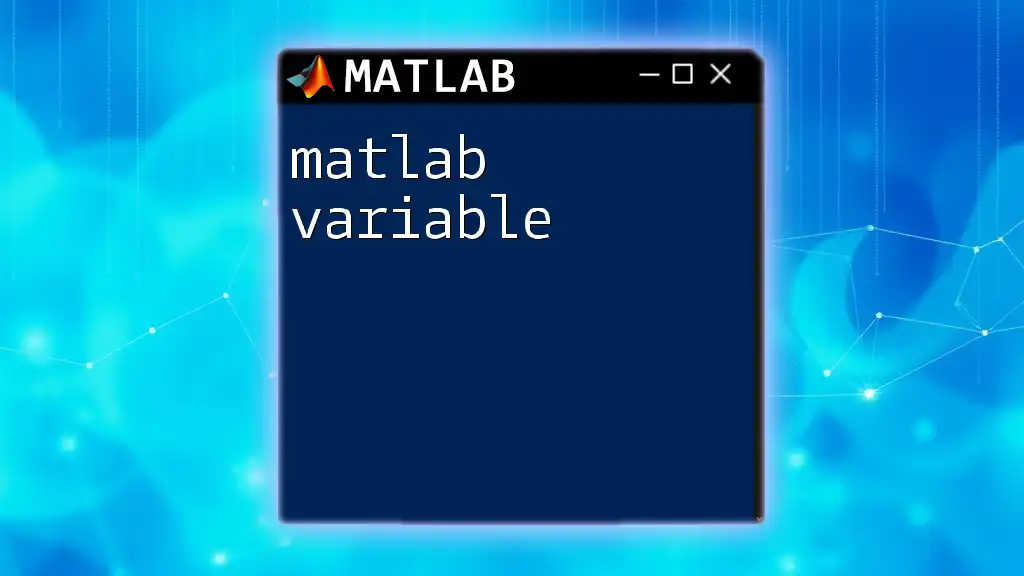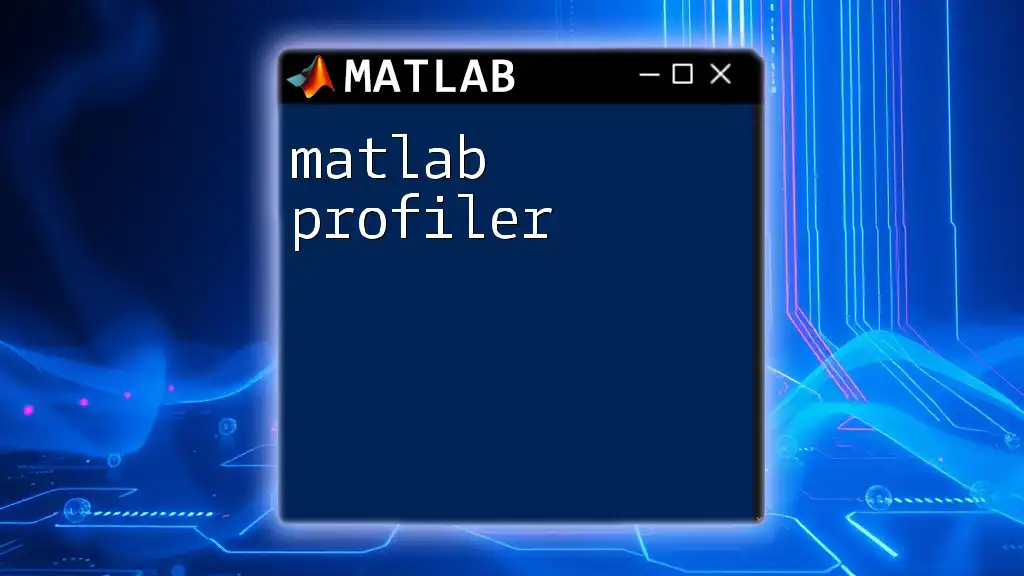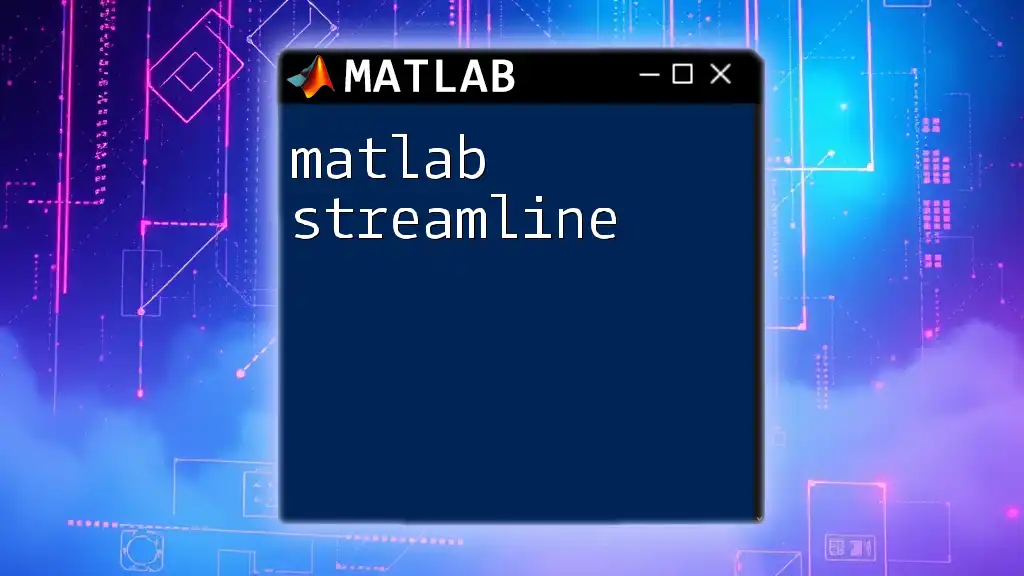The `str2double` function in MATLAB converts a character array or string scalar representing a number into a double-precision numeric value.
Here’s a code snippet demonstrating its usage:
numericValue = str2double('123.45'); % Converts the string '123.45' to the numeric value 123.45
Understanding `str2double`
What is `str2double`?
`str2double` is a MATLAB function that converts character arrays or strings into double-precision numeric values. It is an essential utility in MATLAB, allowing users to process string inputs and perform numerical calculations based on them.
Why Use `str2double`?
Type conversion is crucial in MATLAB, especially when dealing with user inputs or data read from external sources. For instance, when gathering data via user prompts or reading from text files, data may often arrive as strings. The conversion of these strings to numeric types is necessary for further calculations, making `str2double` an invaluable tool.

Syntax of `str2double`
Basic Syntax
The function uses the following syntax:
B = str2double(A)
- Here, `A` represents the input that could be a character array, string array, or a cell array containing character vectors.
- The output `B` is a double-precision numeric value after the conversion.
Input Types
`str2double` supports various input types:
- Character Arrays: A simple string, such as `'123.45'`.
- String Arrays: A modern MATLAB string type, such as `["1.23", "4.56"]`.
- Cell Arrays: Collections of strings like `{'1.2', '3.4', '5.6'}`.

How to Use `str2double`
Basic Examples
Example 1: Simple Conversion
In its simplest form, `str2double` takes a string representing a number and converts it. Consider the example below:
str = '123.45';
num = str2double(str);
disp(num);
This code will output `123.45`, demonstrating that `str2double` successfully converted the character array to a numerical format.
Example 2: Handling Multiple Elements
`str2double` can also handle multiple elements in a cell array. Here’s an example:
strArray = {'1.23', '4.56', '7.89'};
numArray = str2double(strArray);
disp(numArray);
The output, `[1.23 4.56 7.89]`, shows how the function converts an entire cell array of strings into an array of doubles seamlessly.
Converting from Strings in Various Contexts
Example 3: Reading String from User Input
`str2double` is particularly useful for converting user inputs. Here’s a way to prompt a user to enter a number:
userInput = input('Enter a number: ', 's');
convertedNum = str2double(userInput);
if isnan(convertedNum)
disp('Invalid input! Please enter a numeric value.');
else
disp(['The number is: ', num2str(convertedNum)]);
end
This code checks whether the user input can be converted to a number. If not, it informs the user about the invalid input, showcasing robust error handling.

Error Handling with `str2double`
Understanding NaN Output
A critical aspect of using `str2double` is knowing how to handle cases where conversion fails. If the input string is non-numeric, `str2double` assigns a value of `NaN` (Not a Number) to the output. For example:
invalidStr = 'abc';
num = str2double(invalidStr);
disp(num); % Displays NaN
In this scenario, outputting `NaN` indicates that the conversion was unsuccessful, making it vital to include checks in your code.
Best Practices for Error Checking
To ensure smooth functionality when using `str2double`, you might want to include validation steps:
- Use `isnan()` to check for successful conversion. If the output is `NaN`, you can prompt the user to provide a valid numeric input.
- Validate string inputs before attempting conversion, potentially using regular expressions to check for numeric patterns.

Comparing `str2double` with Related Functions
Differences between `str2double` and `str2num`
While both `str2double` and `str2num` convert strings to numbers, there are significant differences. `str2num` evaluates the string as a MATLAB expression, allowing for more complex inputs but also introducing security risks (e.g., evaluating unintended code). In contrast, `str2double` is safer and straightforward, ideal for converting simple numeric strings.
Other Related Functions
Other functions like `str2mat` or `num2str` provide different functionalities. For instance, `num2str` converts numeric values back to strings, while `str2mat` is used for converting strings to a matrix of double-precision numbers.

Practical Applications of `str2double`
Data Importing and Preprocessing
`str2double` proves invaluable when importing data from text files. For example, when reading numeric data stored as strings, you might use:
data = readlines('data.txt'); % Assuming each line of 'data.txt' has a number
numericData = str2double(data);
This transforms the imported strings into a usable numerical array.
Real-World Examples
Consider situations in scientific computing where you often receive measurements in string format that need converting to perform calculations. Be it data from sensors, user inputs in applications, or data extracted from web sources, `str2double` facilitates seamless transitions from text to numeric form, aiding in further data analysis and visualization.

Conclusion
Mastering `matlab str2double` enhances your data manipulation capabilities and ensures smoother workflows in projects that require numeric computations from string inputs. Practice with the provided examples, explore various use cases, and integrate error handling strategies to become proficient in using this vital function in MATLAB.

Additional Resources
Further Reading and Tutorials
For more comprehensive learning, refer to the official MATLAB documentation on `str2double` and related functions, which provides detailed insights and additional examples.
Community and Support
Join MATLAB user forums or online communities to connect with others, troubleshoot issues, and share your knowledge about using `str2double` effectively.

















